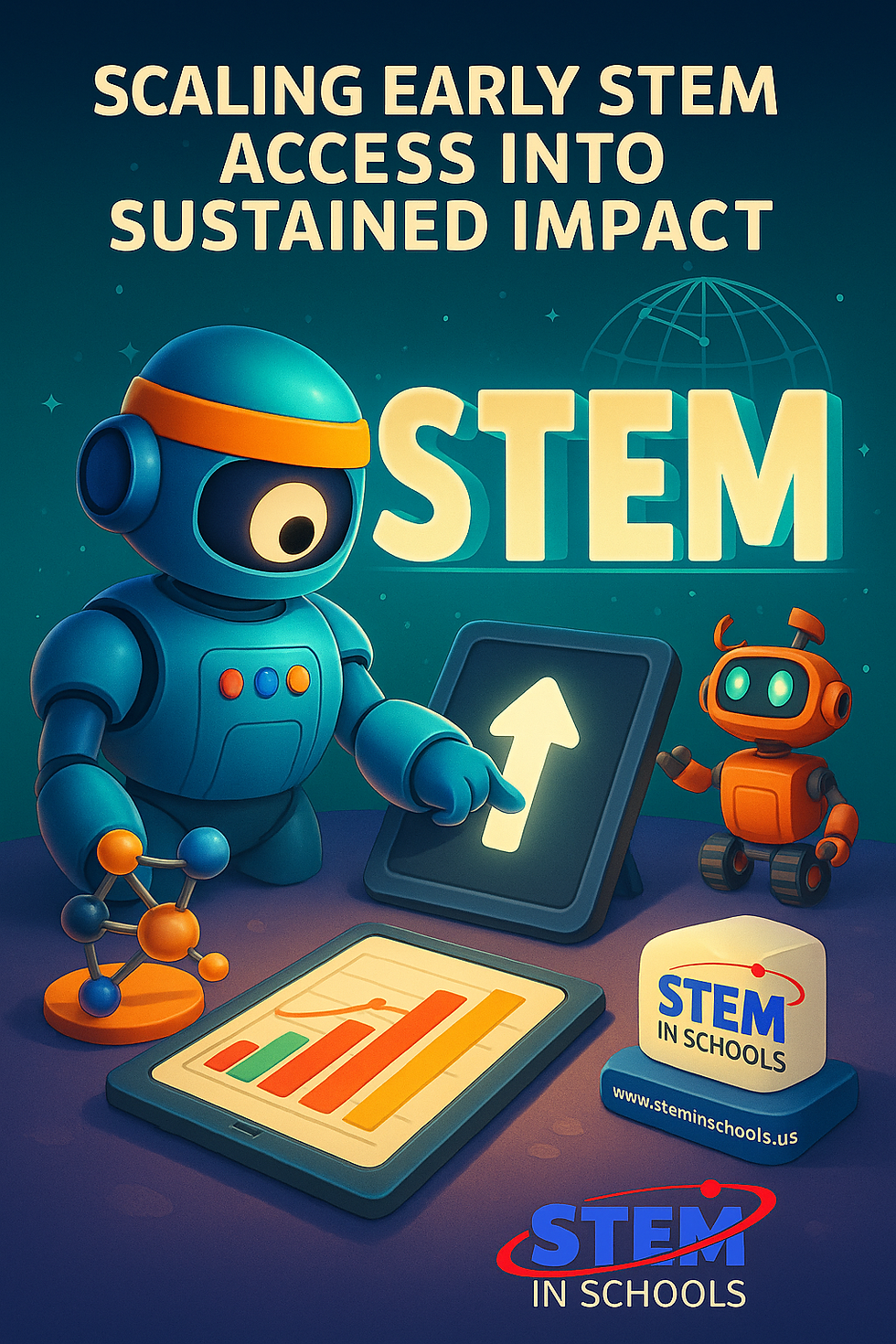This morning, three developments invite us to rethink the frontier of K–12 STEM:
- Eduardo Galindo

- Aug 27, 2025
- 1 min read

First, Beijing’s inaugural World Humanoid Robot Games brought together 280 teams from 16 countries, staging soccer, sprinting, and even medicine-sorting challenges. The robots often stumbled—but that’s the point. These competitions are about pushing boundaries, not perfect performance.Stem Global Action+4SpringerOpen+4The 74 Million+4Reuters+2Live Science+2
Meanwhile, at the Midwest RepRap Festival (MRRF 2025), makers fused open-source 3D printing with robotics combat. Enthusiasts showcased inventive designs, including scanning tech like Creality’s Raptor Pro, proving that grassroots innovation still has plenty to teach us.Tom's Hardware
Finally, the International Aerial Robotics Competition unveiled Mission 10—drones programmed to navigate a simulated minefield via gestures or voice, guiding a human across safely. It’s an exercise in autonomy with tangible stakes.Wikipedia
These stories aren’t about flashy headlines. They’re about rigorous experimentation, tool accessibility, and intelligence in motion. As we design curricula and programs, let’s ask: How can we bring more of this—failure, iteration, ingenuity—into classrooms and clubs? Our learning environments should prepare students not just for success, but for creative, authentic problem-solving.

.png)


Comments